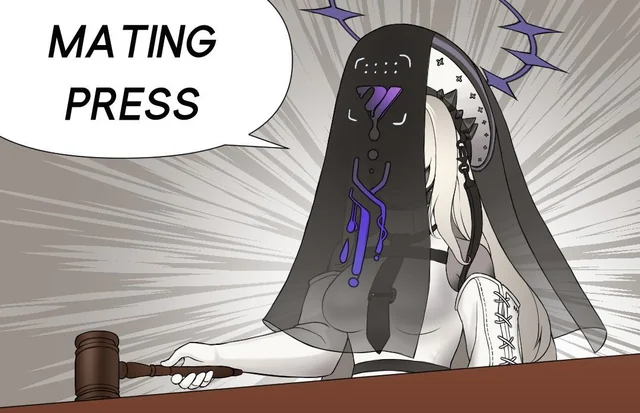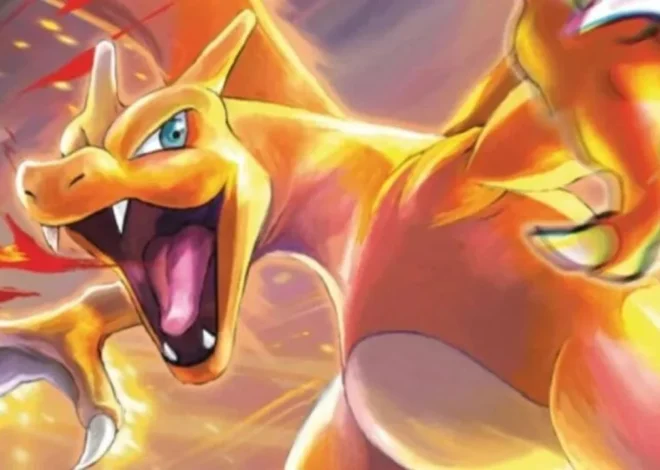
Understanding the Mating Press in Biology: A Look at Reproductive Behaviors in the Animal Kingdom
In the animal world, reproduction is vital for the continuation of species, and different creatures have evolved a wide array of mating behaviors to ensure the success of this process. One interesting behavior, though rarely addressed directly in general discussions, is what some researchers refer to as a “mating press.”

What Is a Mating Press in Biology?
A mating press, in biological terms, can be described as a physical position or method where the male exerts physical pressure during copulation, often ensuring deeper penetration for successful insemination. This behavior can be observed across various species, particularly in reptiles, amphibians, and certain mammals.
The mating press often ensures that the sperm has the best possible chance to reach the egg, giving the male an evolutionary advantage in terms of reproductive success. This behavior is frequently accompanied by other dominance and courtship displays, which can vary greatly between species.
Examples in the Animal World
- Frogs and Toads (Amplexus)
Frogs and toads often engage in a position called amplexus, which is a clear example of a mating press in nature. In this position, the male frog tightly grasps the female, pressing against her back, ensuring close contact during egg fertilization. This ensures that the sperm is released as the female lays her eggs, maximizing the chances of successful reproduction. - Turtles and Tortoises
Male tortoises and turtles also exhibit a mating press behavior during copulation. The male mounts the female and presses down against her shell, sometimes emitting loud grunts. This position not only assists in reproduction but also stabilizes the male during the sometimes lengthy mating process. - Mammals (e.g., Cats)
In the mammalian world, certain behaviors among felines also resemble the mating press. Male cats, for instance, bite the neck of the female and press their bodies down to ensure close contact. This biting behavior is part of their mating ritual and allows the male to maintain control while inseminating the female.
Why the Mating Press Is Important
The mating press is not just a physical position but a complex behavior linked to reproductive success. It ensures that:
- Males increase their chances of fertilization.
- Females are more likely to carry offspring to term as a result of successful insemination.
- Competition among males for mating is reduced, as successful copulation typically ensures fewer chances for rivals to mate immediately after.
Evolutionary Significance of Mating Press in Nature
The mating press, like many other reproductive strategies in the animal kingdom, has developed over millennia through natural selection. Each species adapts to its environment, honing the most effective mating techniques for ensuring the continuation of its genetic line. The mating press often involves a strong physical connection between the mating pair, which has evolved to maximize reproductive efficiency in various ways.
- Increased Fertilization Efficiency
One of the primary evolutionary benefits of the is that it ensures close contact, maximizing the likelihood of fertilization. In species where external fertilization is common (like amphibians), the male often needs to ensure that his sperm is released at the optimal moment. The close physical positioning of the mating press allows for this synchronization. - Reduced Competition
The mating press may also be a response to high levels of competition among males. By maintaining close physical contact during copulation, males can prevent rivals from interrupting the mating process. This is particularly important in species where multiple males may vie for a single female’s attention. The mating press not only ensures insemination but can also act as a form of mate-guarding. - Adaptation to Environment
In some species, the physical environment influences mating positions. For example, turtles and tortoises, which often mate on uneven ground, have adapted their mating behavior (including a form of the mating press) to cope with their unique physical constraints. The mating press stabilizes the male’s position, allowing for effective copulation in these challenging environments.
Human Representations and Misinterpretations
While the mating press is largely a biological concept in the animal world, it has occasionally been discussed or reinterpreted in human contexts, particularly in popular culture. This has led to misconceptions about its origins and significance.
- Cultural Representations
In human contexts, certain reproductive behaviors or positions have been given symbolic or exaggerated meanings in media, literature, and sometimes online communities. Discussions about positions like the mating press can sometimes take on meanings far removed from their biological or zoological roots. - Misinterpretations of Scientific Terminology
The language of biology is often adopted in different social settings, sometimes leading to misunderstandings. In scientific literature, the mating press refers to a specific reproductive behavior observed in animals. However, in more casual human discussions, the term can take on a different, sometimes sexualized meaning, which might strip it of its true biological context. - Educating About Biological Terms
It is important to maintain clarity when discussing terms that have scientific origins. For those studying biology, animal behavior, or evolutionary science, understanding the true meaning of behaviors like the mating press provides valuable insights into the natural world. Educators and researchers have a responsibility to ensure that scientific concepts are communicated accurately and in a way that respects their context.
The Mating Press in Scientific Research
Animal behaviorists, zoologists, and evolutionary biologists continue to study mating behaviors, including the mating press, to understand more about how species have evolved over time. This research is essential for several reasons:
- Conservation Efforts
Understanding how animals mate can help conservationists protect endangered species. For example, knowing the mating habits of specific species can assist in creating environments where those species can reproduce more successfully in captivity, which is critical for species recovery programs. - The Study of Evolutionary Fitness
Mating behaviors like the mating press provide valuable data on evolutionary fitness—how certain physical or behavioral traits help an individual succeed in passing on its genes. By analyzing mating strategies, scientists can learn how sexual selection shapes species over time. - Impacts of Climate Change on Reproductive Behavior
With environmental changes caused by global warming, shifts in mating behaviors are being observed. Some species are altering their reproductive strategies as they adapt to changes in their habitats. Studying behaviors like the mating press helps scientists predict how climate change might affect reproduction and survival rates in the future.
Conclusion: The Broader Implications of Mating Press in Science and Society
The mating press, while an often-overlooked aspect of animal behavior, plays a significant role in the natural world. Its evolutionary benefits ensure the survival of countless species and provide scientists with valuable insights into the complexities of reproduction. In contrast, the term’s occasional misinterpretation in human culture underscores the importance of clear communication when discussing scientific concepts.
By maintaining a respectful and educated understanding of behaviors like the mating press, we deepen our appreciation for the intricacies of nature and the remarkable adaptations that drive life forward. The study of mating behaviors continues to shed light on the delicate balance of survival, reproduction, and adaptation that sustains the animal kingdom.
Conclusion: The Role of Mating Press in Evolution
While the term “mating press” may not often feature in casual discussions of animal behavior, it plays a crucial role in the reproductive strategies of various species. Understanding such behaviors provides us with deeper insight into how animals have evolved to optimize reproductive success, ensuring the survival of their species for generations to come.
As science continues to explore the intricacies of animal reproduction, behaviors like the mating press remind us of the complex and fascinating strategies creatures use to ensure their genetic legacy endures
For more great updates keep visiting TechWies




